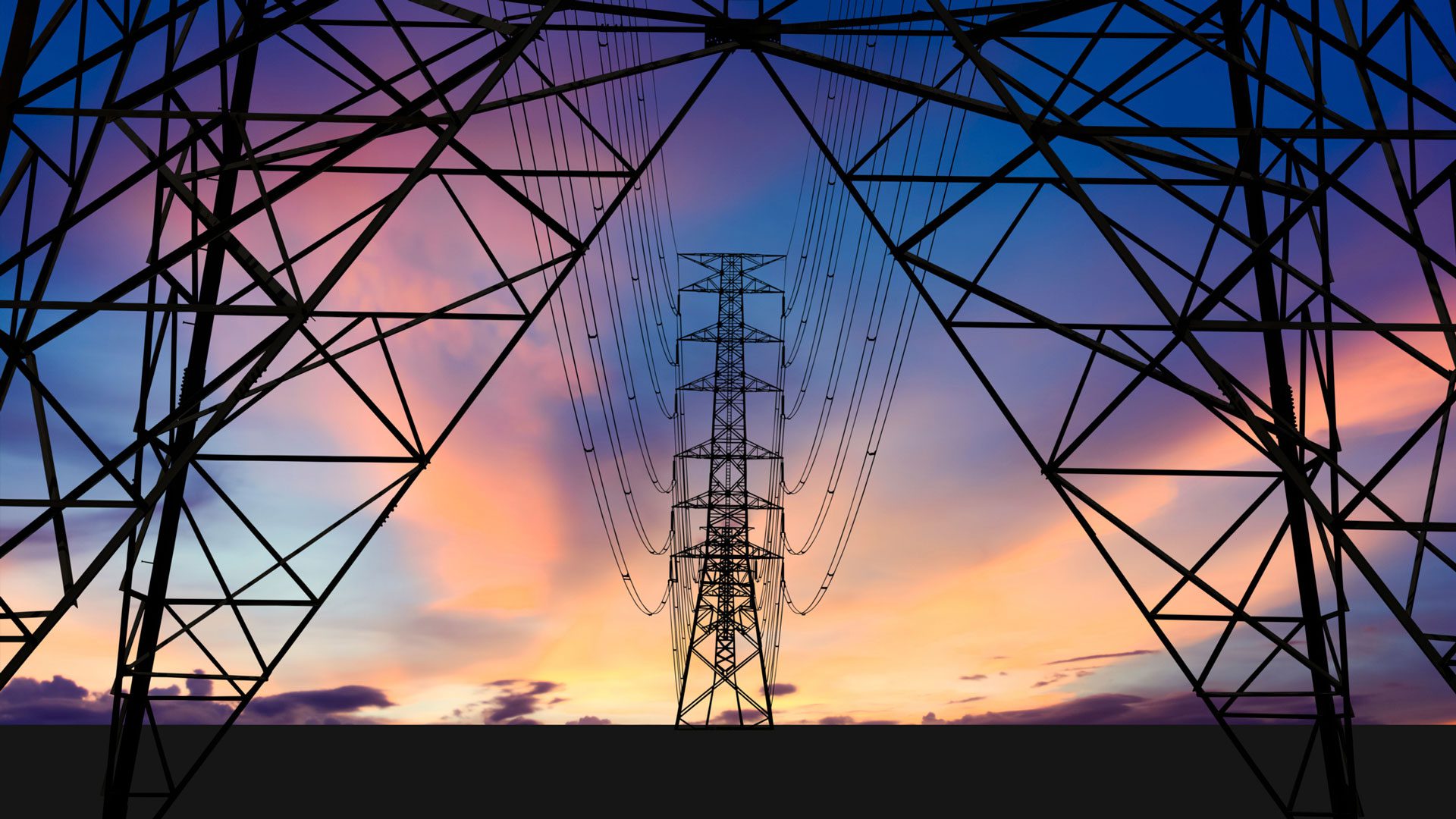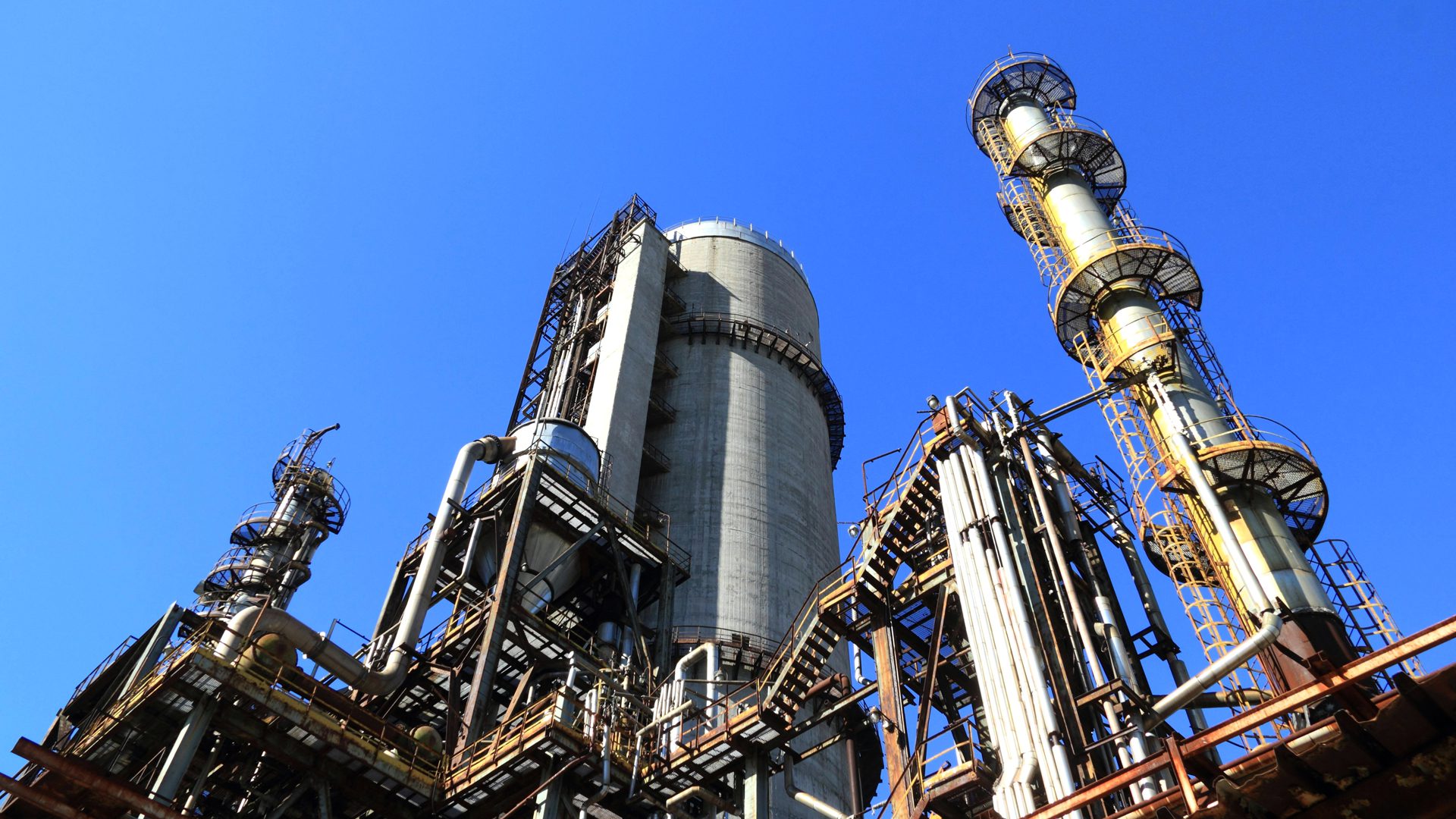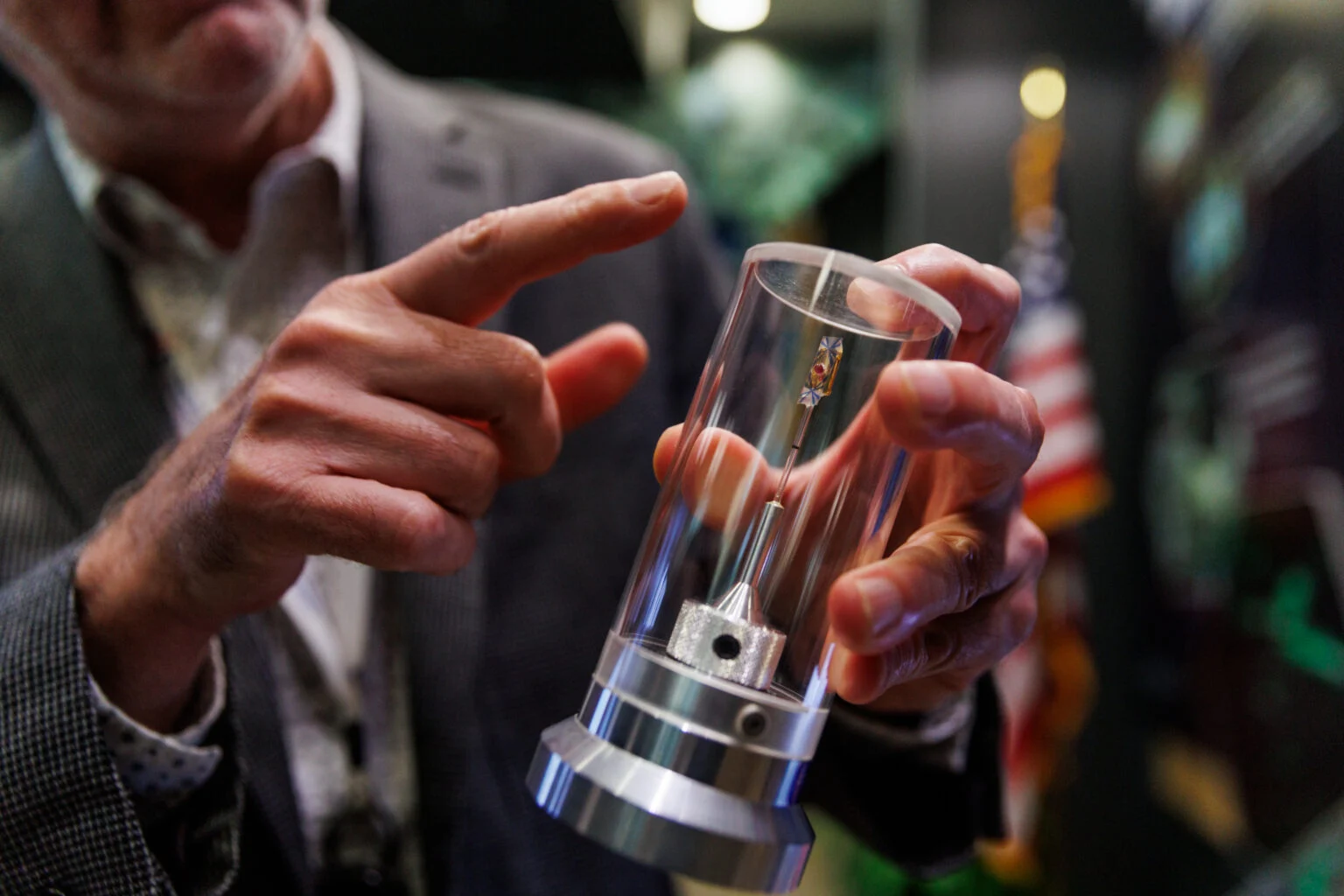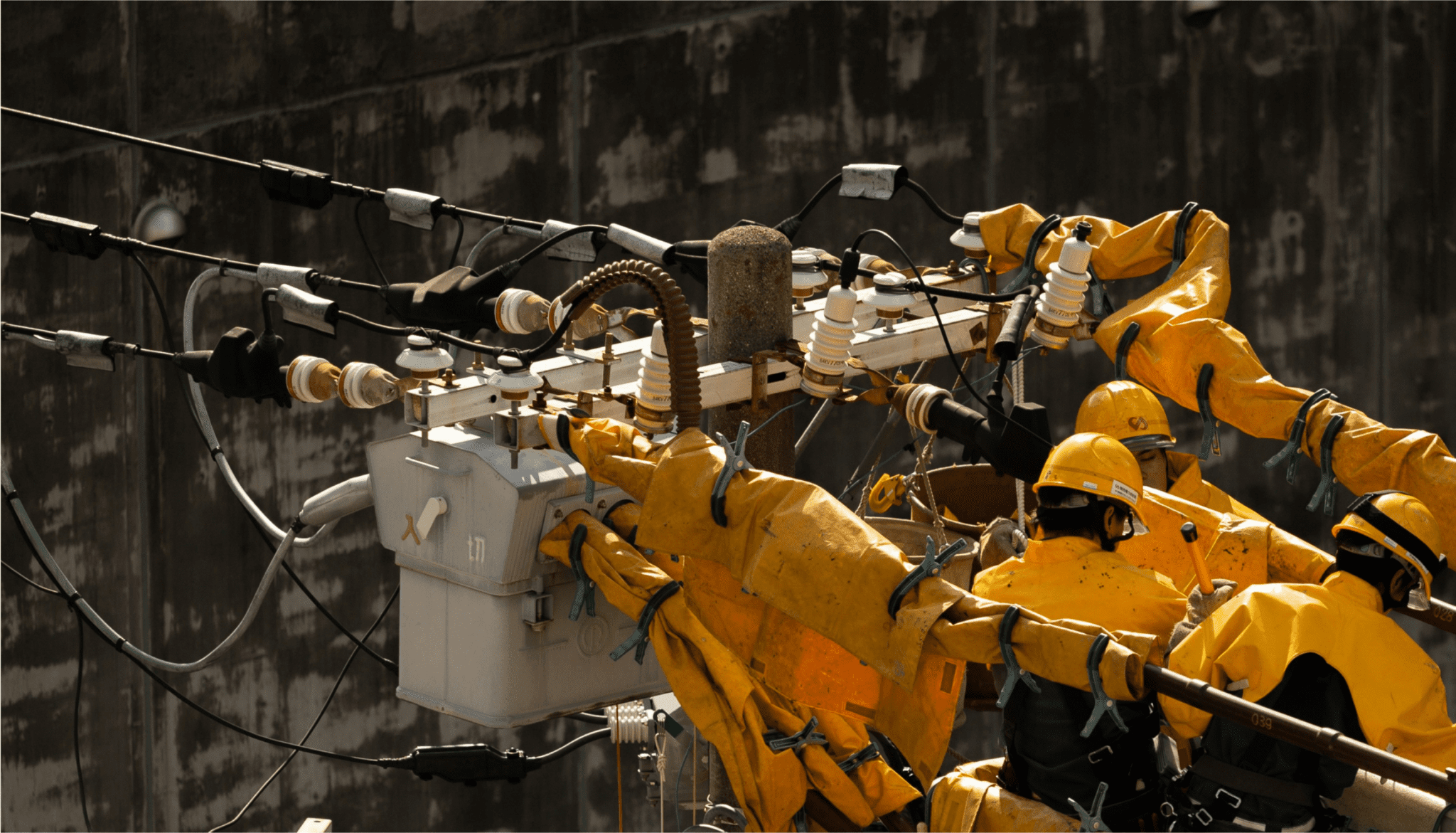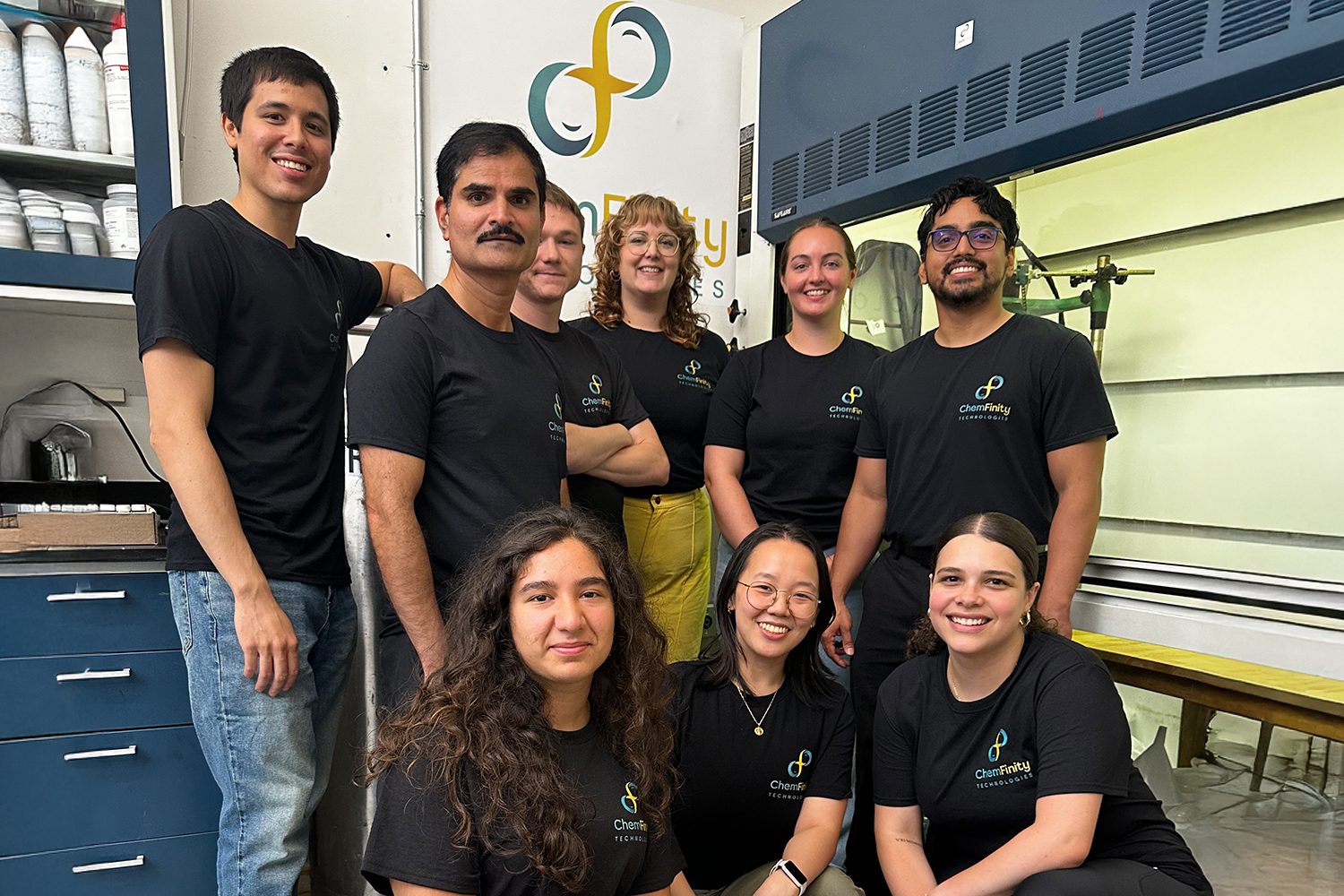This article is the third in a series of posts on why America must upgrade its power grid if we want to meet our 2050 climate goals. Other articles in the series that explain why transmission is key to unlocking a future powered by affordable and abundant clean energy can be found below:
- The transmission challenge ahead | Breakthrough Energy
- How a little-known rule could help stabilize the grid | Breakthrough Energy
To meet rising energy demands and achieve a zero-emissions future, we need to transform America’s grid system. As I’ve outlined in previous posts in our transmission series, the transmission challenge ahead requires cross-sector collaboration and bold policy investments. With 70% of U.S. transmission and distribution lines estimated to reach the end of their lifespan in the coming decades, it will be critical to increase current transmission capacity—and fast.
But while we take steps to build new transmission lines and increase the minimum transfer capability across regions, we can simultaneously expand the output of the existing system with investments in technology and innovation. Advances in innovation and technology in high-voltage transmission offer hope for the future, providing a means of integrating clean energy resources into the grid more efficiently and reliably than ever before.
Here are the key areas of innovation we’re excited about:
Grid Enhancing Technologies (GETs)
Grid Enhancing Technologies (GETs) include technologies like dynamic line ratings, power flow controls, and topology optimization. These technologies allow utilities and grid operators to better manage the flow of electricity on the grid, reducing the risk of overloads and outages. Dynamic line ratings, for example, use real-time weather data to determine the safe operating temperature of power lines, allowing them to carry more electricity during periods of high demand without compromising safety. Power flow controls and topology optimization can reroute power on the grid, ensuring that electricity is delivered where it is needed most efficiently. I’ve collaborated with the WATT coalition, whose member companies are integral to driving innovation in this space and I’m excited to follow the progress they make.
Advanced Conductors and Superconductors
Advanced conductors and superconductors are essentially better wires. For example, ACCC (Aluminum Conductor Composite Core) is an advanced overhead transmission conductor that can carry approximately 2-3X the amount of power compared to traditional ACSR (Aluminum Conductor Steel Reinforced) cables. ACCC achieves this increased power-carrying capacity by utilizing a composite core made of lightweight carbon and glass fibers, which enhances its strength while maintaining a low weight. This enables higher current-carrying capability and reduces line losses, thereby increasing efficiency and reducing energy costs in power transmission. Breakthrough Energy Ventures portfolio company TS Conductor has created one of these conductors, featuring an Aluminum encapsulation that provides protection, compatibility, and shielding for improved safety, reliability, and corrosion resistance. With its high aluminum content, it offers maximum capacity, efficiency, and enhanced sag performance.
On the other hand, superconductors are materials that can carry electric current with zero resistance when cooled to extremely low temperatures. Superconducting power cables have the potential to carry significantly higher power compared to both ACCC and ACSR conductors—5-10X by some estimates (or potentially even more). By leveraging the unique properties of superconductivity, these cables eliminate the energy losses associated with resistance, resulting in highly efficient power transmission with increased capacity. The footprint needed for these lines is incredibly small (less than a small distribution line or they can be buried). Superconductors are still in the demonstration phase of development, but the technology is improving rapidly and could have several useful applications in the next few years—increasing existing interconnection lines to allow the repowering of clean energy projects, covering short segments of large projects where right-of-way is an issue, onshoring offshore wind projects, etc. Breakthrough Energy Ventures portfolio company Veir is at the forefront of developing high-temperature superconductors (HTS) that can operate at up to 10x the current of conventional wire.
HVDC (High Voltage Direct Current) Transmission
HVDC (High Voltage Direct Current) Transmission is another area of innovation that is revolutionizing the way we transmit electricity. HVDC systems allow electricity to be transmitted over long distances with minimal energy loss, making it possible to tap into remote clean energy resources and bring that power to areas of high demand. Advances in HVDC converter stations have made these systems more efficient and reliable and costs are projected to drop quickly due to trends toward less expensive materials, expanding their potential to revolutionize the energy landscape. These newer converter stations can even provide grid stability and the ability to restart parts of the system to recover from a blackout. This is an area where a lot of progress is being driven by big companies you've probably heard of, like Siemens Energy.
While these advances in innovation and technology in high-voltage transmission are promising, they alone are not enough to meet the US's decarbonization targets. Many new transmission lines must still be built to connect remote clean energy resource areas to the main grid and to connect regions, creating a more resilient and diverse energy system that can withstand the challenges of a changing climate.
Ultimately, advances in technology and innovation in high-voltage transmission offer hope for the future of the US energy system. Grid Enhancing Technologies, advanced conductors, and HVDC transmission are just a few examples of the many innovations that are transforming the way we generate, transmit, and consume electricity. Coupled with policy updates and infrastructure investment, a truly sustainable energy system for the future becomes within reach.

